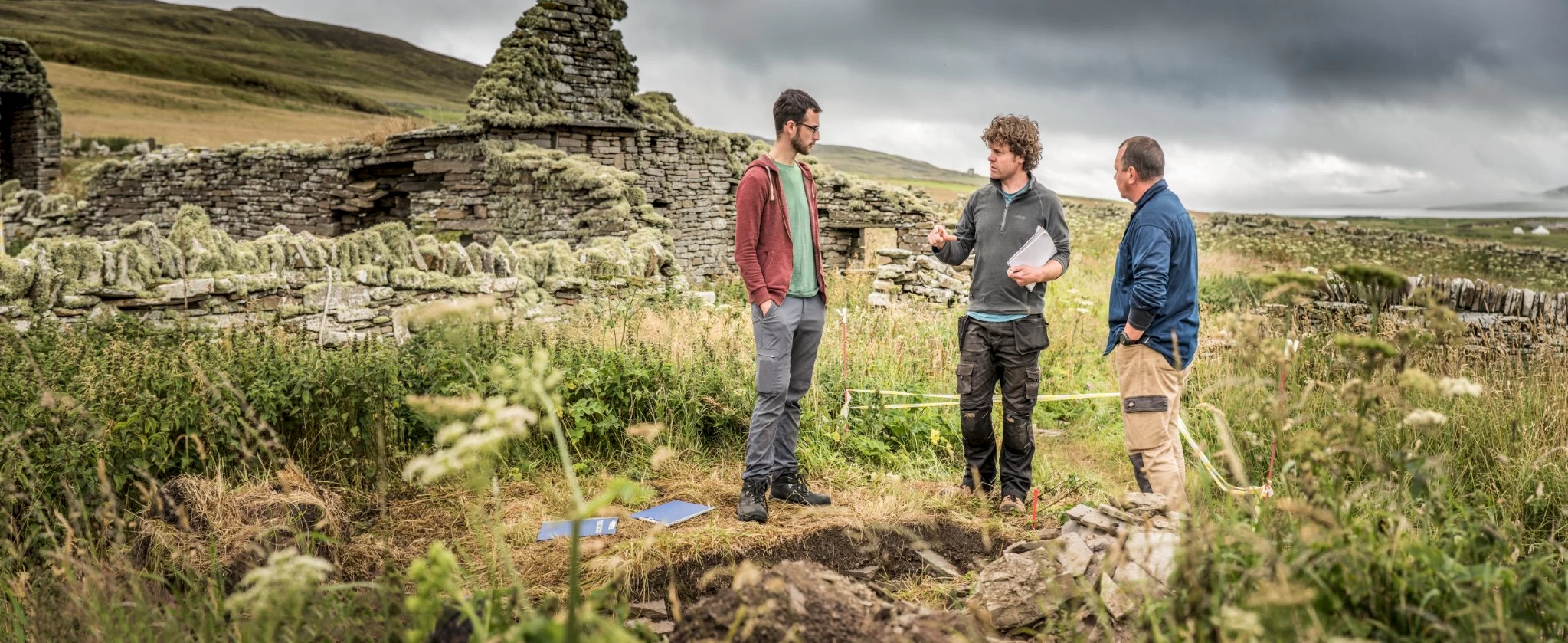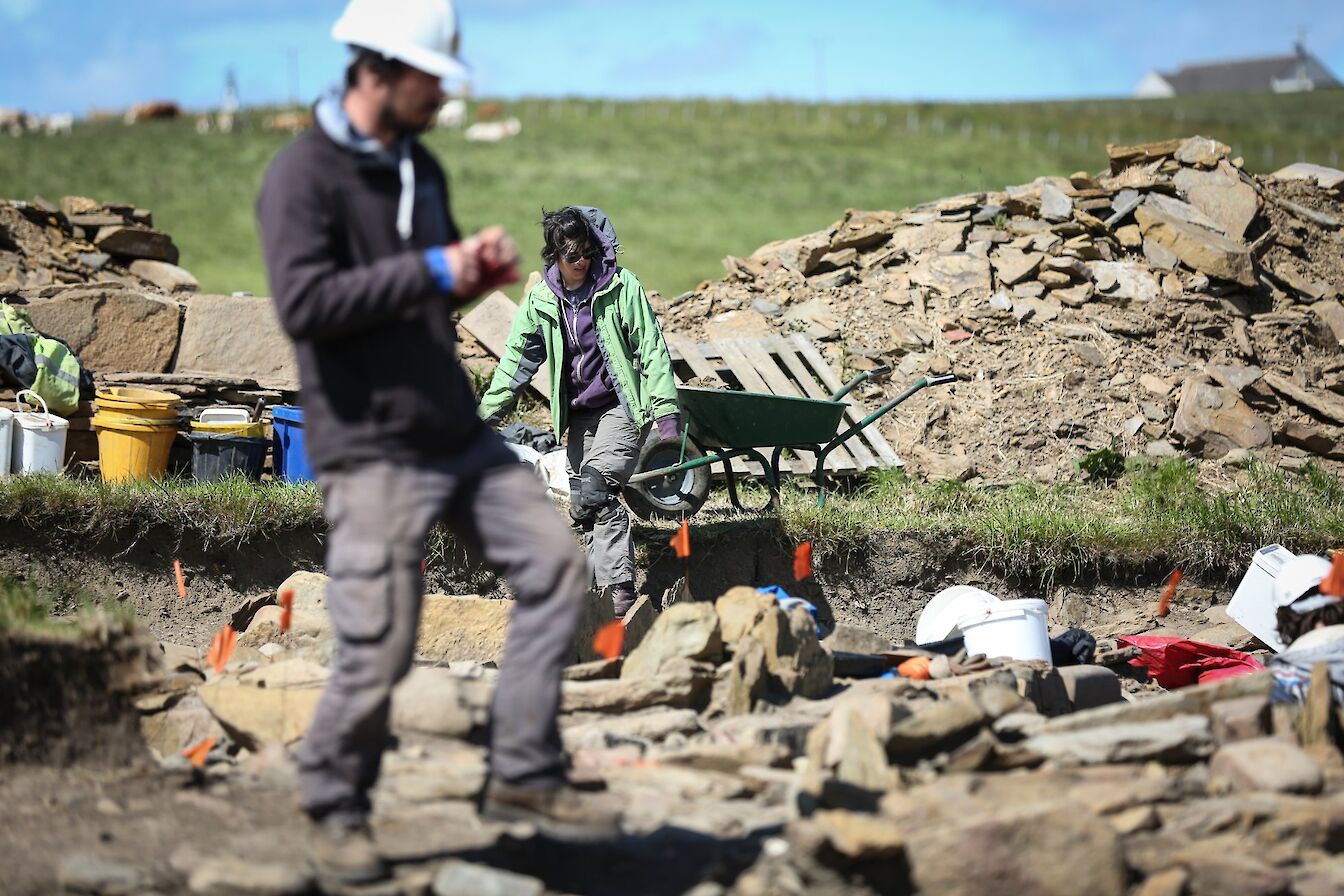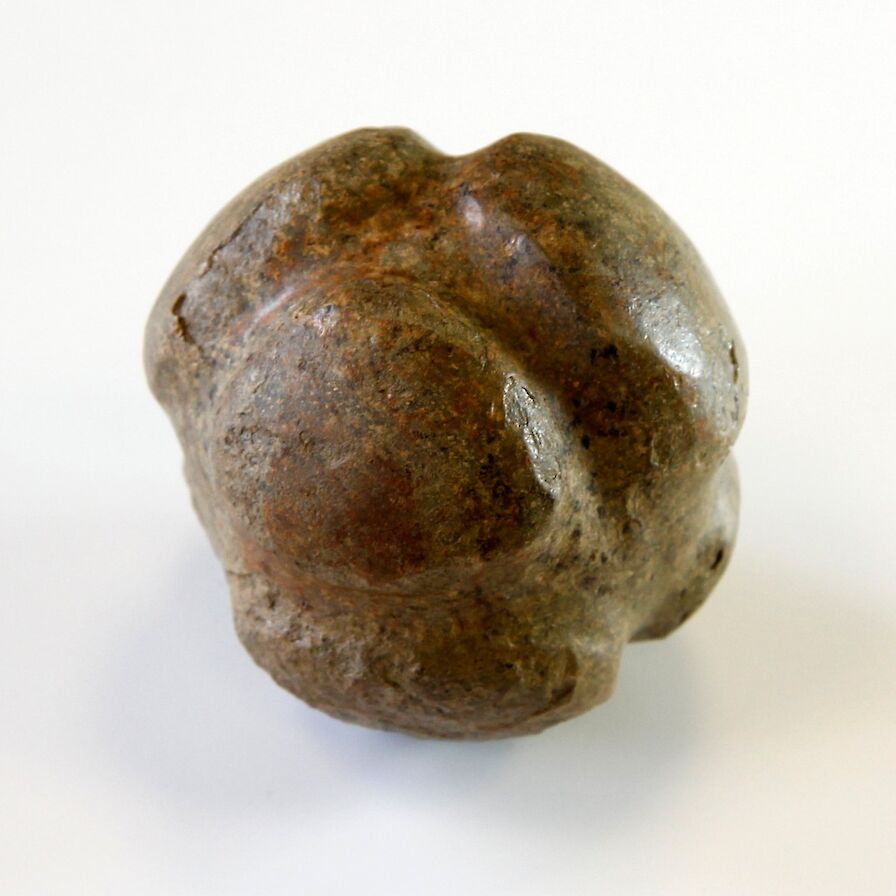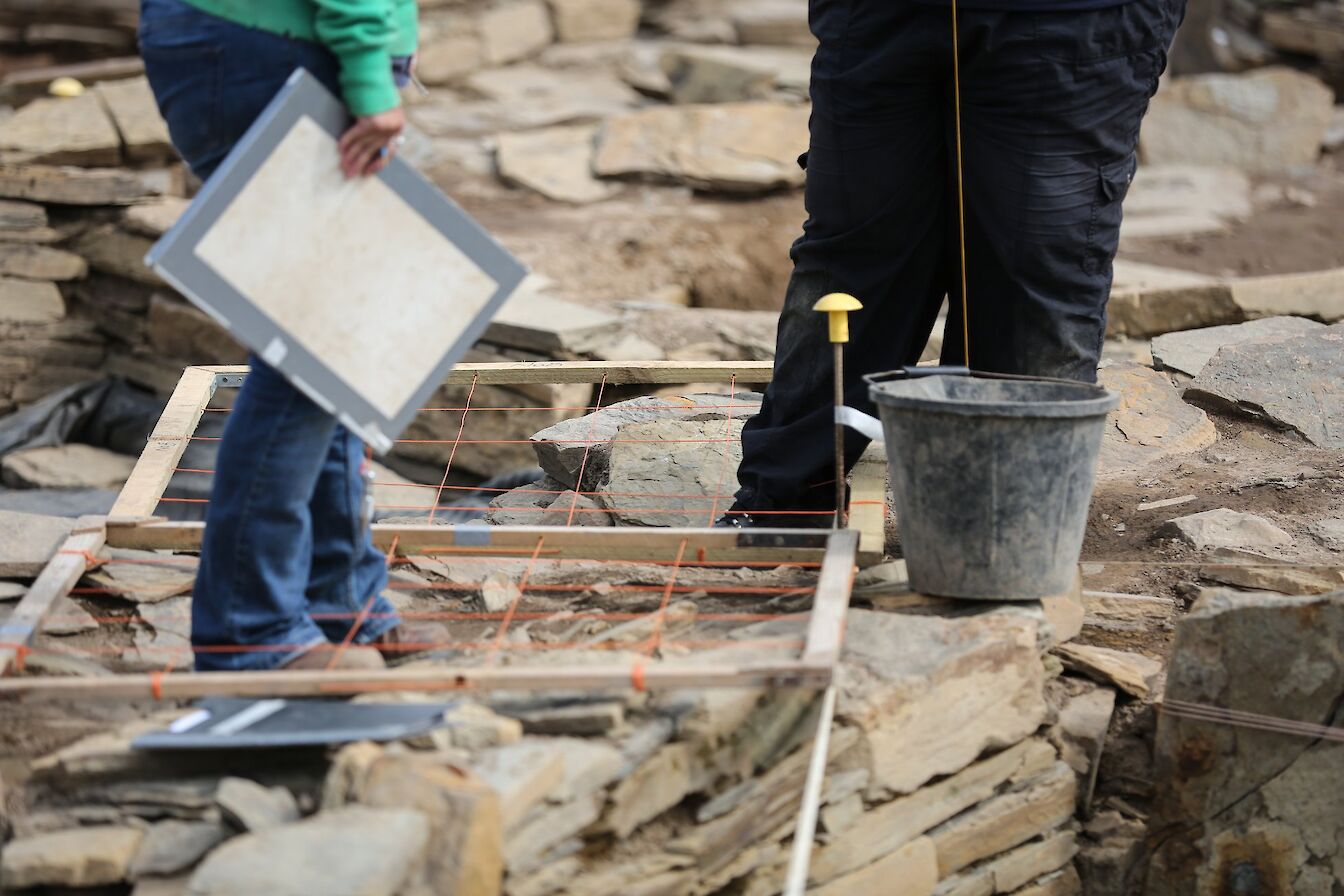It’s that time of year again. Summer is upon us (almost) and with it archaeologists and volunteers will return to trenches across the county for another season of excavations.
The Cairns
Getting the ball rolling is The Cairns, in South Ronaldsay, which begins on June 17, and will be looking to unpick more of the story of the community that lived in and around an Iron Age broch.
Perhaps the most incredible find of 2018 was a 2,000-year-old wooden bowl recovered from the underground chamber beneath the broch. The bowl is almost complete and had been carved from alder. Tool marks are visible in the interior of the bowl while the exterior had been finely burnished.
At some point in its “life” the bowl broke, necessitating careful repair using bronze rivets. This repair work, together with its location within the underground chamber, suggests it was more than a practical vessel but held some significance to those inhabiting the broch.
Site director is Martin Carruthers of the Archaeology Institute UHI. He explained: “If the bowl was used within the well, and not just placed there at the end of its life, then perhaps this is telling us something about the nature of the well, and how it was used. The great care that was taken over the repair of the wooden bowl to extend its life suggests that such items were not common, and the Cairns bowl seems to have been highly valued."
The Cairns excavation runs until July 12, with tours every week day between 10am and 4pm, when the archaeologists are on site. This year’s open day is on July 5. For full details, including a daily dig diary, see the Archaeology Orkney blog.
Swandro
The Knowe of Swandro is an incredible excavation spanning millennia of history. The site, which is being destroyed by coastal erosion, includes a 5,000-year-old Neolithic chambered cairn, Iron Age houses, Pictish buildings, a viking settlement and a Norse Long Hall.
Work will focus on the chambered cairn and overlying Iron Age buildings again this year, providing an important opportunity to completely excavate a Neolithic tomb using modern scientific techniques.
Excavation so far suggests that Swandro was a high-status settlement in the Pictish period and this importance continued into the Viking/Norse era when it was part of the estate of Sigurd of Westness. It was opening the Pictish smithy last summer that yielded the most exciting find of the season — the hand-and-knee-prints of the smith preserved on a stone anvil.
Excavation so far suggests that Swandro was a high-status settlement in the Pictish period and this importance continued into the Viking/Norse era when it was part of the estate of Sigurd of Westness. It was opening the Pictish smithy last summer that yielded the most exciting find of the season — the hand-and-knee-prints of the smith preserved on a stone anvil.
Work at Swandro resumes on June 22, and runs until August 10. The site is open to visitors from Sundays through to Thursdays, from Sunday, June 23, until Tuesday, August 6. Work may take place outside these dates, so keep and eye on the official website where details will be posted along with dates for open days and special events.
Ness of Brodgar
Over a hundred archaeologists and volunteers will descend on the Neolithic complex at the Ness of Brodgar again this summer for the thirteenth year of excavation. The covers come off the trenches on July 1, with the site open to the public from July 3, until August 21.
While work will continue on each of the buildings, carefully excavating down to the floor levels, this year will see a particular focus on the mysterious Structure Twenty-Seven, lying at the bottom of a massive mound of midden. A small extension to the trench will expose more of the structure, while excavators will continue removing the overlying midden and rubble material. Structure Twenty-Seven is likely to pre-date most of the other buildings on site and bears a striking resemblance to a construction encountered during the excavations at Howe, Stromness, in the 1970s. At the time the Howe structure was interpreted as a stalled tomb or mortuary structure — but this is questionable. Are the two buildings related? Time will tell.
In Trench J, work to clear the overburden covering Structure Five will continue. It is known that this is an Early Neolithic building, but just how early needs to be confirmed. In addition, Trench X — a narrow spit running from the main trench towards the Stenness loch — will be revisited this summer, with an extension planned to reveal more of what appears to be a timber-post structure.
Tours are available daily and two “Special Sunday” open-day events are scheduled for July 21, and August 18. For more details, and the daily dig diary, visit the official website.
Skaill, Westness, Rousay
Running in conjunction with work at Swandro, the community project focussing on a multi-period farmstead on the west side of Rousay resumes on July 8.
The Archaeology Institute UHI team has been working in the Westness area of Rousay since 2015. As part of this, the viking, Norse and post-medieval archaeology around the farmstead of Skaill has been under investigation. Among the goals for 2019 is to extend trenches and focus on the Norse elements and see whether they extend back to the viking period.

The excavation runs until July 26. Tours are available and archaeologists will be on site most weekdays. For more details of the project, and additional events, visit the Archaeologoy Orkney blog.
Cata Sand, Sanday
It is hoped the excavation project at Cata Sand, Sanday, will resume this summer after a crowd-funding appeal was launched to raise money to allow it to go ahead.
The badly eroded Neolithic settlement site was discovered in 2015 — lying in an exposed site, vulnerable to the weather and the tides. Work on the fragile remains began in 2016. By 2018, it was clear that the excavators were dealing with a series of Early Neolithic structures, architecturally similar to the Knap of Howar in Papa Westray. At the same time, investigations at the nearby Tresness chambered cairn confirmed it was of the stalled type — generally ascribed to the Early Neolithic. If the 2019 dig goes ahead, it is hoped the interior can be excavated before it too is destroyed by the elements.

Funding dependent, work is scheduled to resume on July 27, running until August 24. If it goes ahead, tours are available and archaeologists will be on site most weekdays. You can make a donation towards the project online. Find out more about the work via the Archaeology Orkney blog.
Sigurd runs the Orkneyjar website, full of information on Orkney history, places and folklore. You can also find him on Instagram.
The Digital Orkney project has been part financed by the Scottish Government and the European Community Orkney LEADER 2014-2020













